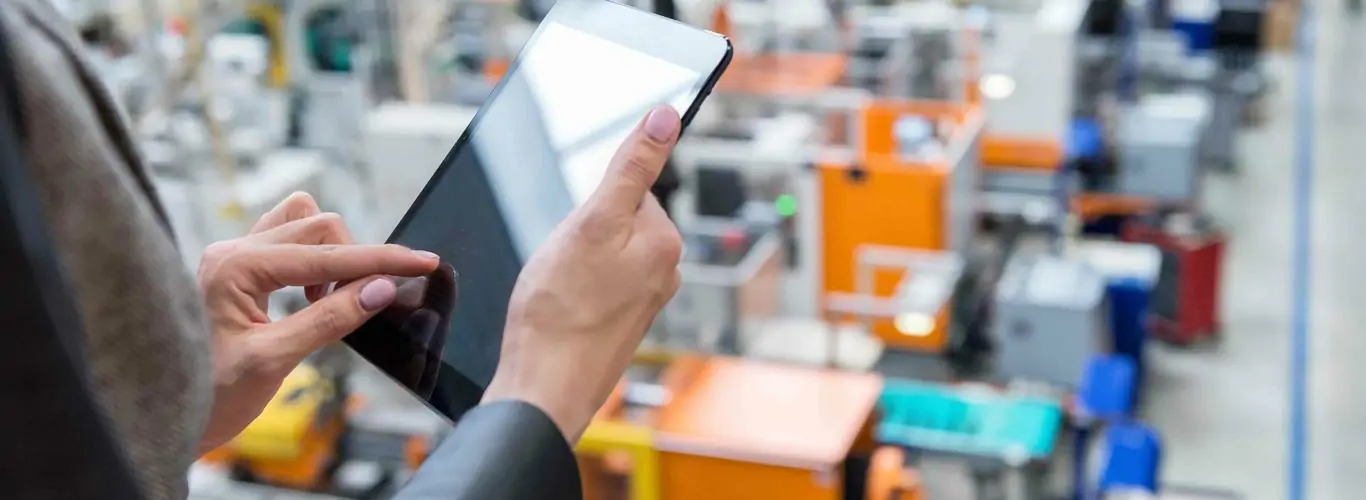
Making Tax Digital to impact one million self-employed
1 Mar 2020More than a million self-employed people and small business owners will be affected by HMRC’s new tax-reporting regime, which is being introduced just days after Britain’s scheduled leaves the EU.
From April 1st onwards, Making Tax Digital will demand small business owners with a turnover above the £85,000 VAT threshold to keep all records digitally and submit them to HMRC using approved software.
Self-employed people including local shop owners, barristers and landlords will be among those who must comply with the new regime, at a time when some businesses are likely to be under severe pressure to adapt to new trading conditions post-Brexit.
As a small business accountant, we understand a change to the tax system may seem daunting or challenging. In response to this, our team are certified experts in Making Tax Digital and are fully equipped to help you adjust to the new digital process.
Want to speak more to an accountant about Making Tax Digital? Get in touch here, or try our instant accounting quote tool and one of our team will contact you shortly.
Cost of Making Tax Digital
Critics have accused the Government of needlessly increasing the bureaucratic burden and have called for a delay to the introduction of the rules, particularly for those barely over the VAT threshold who will be overwhelmed with new costs.
In a previous research piece, our team estimated the cost of Making Tax Digital preparation per business to be over £5,000.
In total, 1.15 million individuals and small firms must comply with the new regime from April. This number will increase significantly from April 2020, when all self-employed, regardless of their turnover, will have to comply with Making Tax Digital rules.
Tax trap
The taxman has also been criticised for poor communication of the new policy. HMRC has promised to write to all affected by the end of February, but this would leave mere weeks for businesses to change their systems.
Research published last week by one of the “Big 4” firms found that 64% of companies caught in the new tax reporting trap said they urgently needed more support from the authorities.
One in five traders believed the changes offered no benefit to their company, while 5pc thought the additional rules and costs would actively damage their business.
Bad timing
The problems with MTD have been brewing for some time. A damning report published by the House of Lords’ Economic Affairs Committee last year warned that many businesses would not be ready for its launch.
It concluded HMRC had “inadequately considered the needs and concerns” of traders just over the VAT threshold, who would have the fewest resources. It also said HMRC had not made any attempt to calculate the impact of MTD on these businesses, which should be given more time to comply with the rules.
Benefits of Making Tax Digital
While we acknowledge that migrating a business’ accounts from its existing paper or excel system to a new cloud one does take time and expert training, it is vital to keep an eye on the long term benefits this new software can create businesses, too.
There has been a significant trend for tax authorities to move towards real-time or near real-time data submissions with increased requirements for more detailed data submissions to support traditional returns.
For example, Brazil has continued to increase the level of regular data submissions a company must make – a move reflected by the likes of Poland, Bulgaria and Romania.
The message is clear, the shift towards digitisation across the global tax spectrum is well underway and Making Tax Digital is just adjusting to that general shift.
This is part of a deliberate move to digitise taxpayers in an attempt to minimise the part of the economy which operates on a cash-only basis.
Obviously, this needs to be simple and cost effective for the taxpayer, but this effort to create more transparency is a long-term trend.
This wider trend also need not be dreaded by business owners.
Instead, they should embrace it as the massive opportunity it is to capture change in the way they access and use their data, with limitless opportunities offered from automated processes, proactive risk management, intuitive data analytics, real-time analysis and reaction capability. This can lead to opportunities to increase efficiency, standardise processes and reduce risk. In the short term, new technologies can function as centrally and critically involved with day-to-day business decision-drivers. Luckily, these changing requirements and opportunities come at a time of significant and sustained improvements in the capabilities of technology. Take the leading cloud accounting software, Xero, for example. Xero automates and streamlines the accounting process, while returning data and insights that can add true value to a business’ operations. Furthermore, Xero’s slick, intuitive dashboard feature puts business owners firmly in the driver’s seat. It gives you a live view of your bank balance, cash in and out and all your outstanding bills and invoices as they stand in that very moment. Whether you want to send an invoice, update your receipts and bills folder, or get a look at a current financial statement, Xero ticks all the boxes. With Xero, you can process an invoice, email it straight to the customer and sit back and watch as the transaction is filed straight into your books. Moving to Xero has the potential to revolutionise the efficiency of your company, while also acting as your business’ software solution for Making Tax Digital. Need to get your business ready for Making Tax Digital? Our team are certified to help make the process a smooth one and get the very best from your new software. Get in touch to further discuss how our expertise can get help your business realise its full potential. View the small business tax changes for 2020.




















